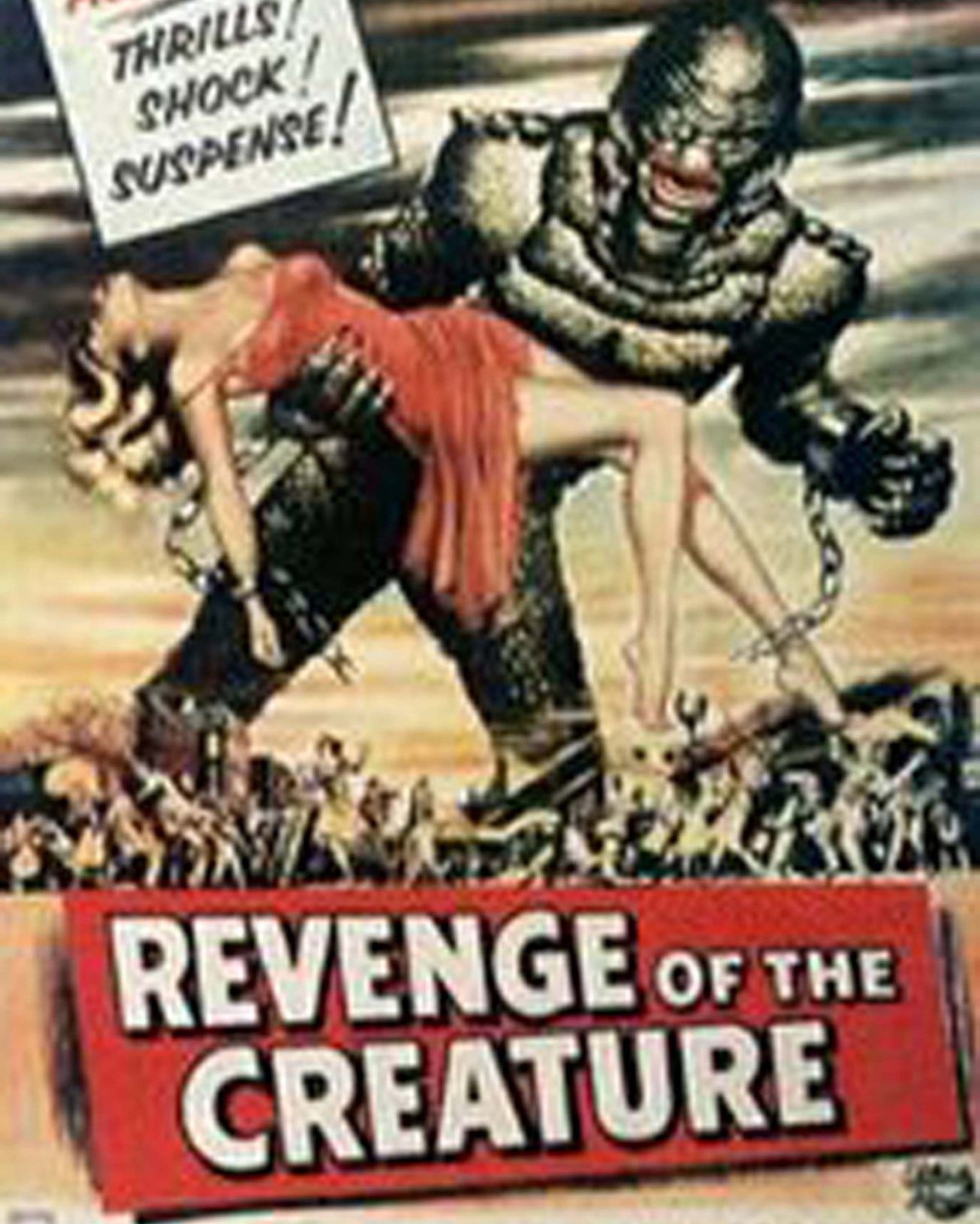- The significance of "Revenge of the Creature" as a film and its historical context within the "Creature from the Black Lagoon" trilogy.
- Insight into Marineland’s role in the movie’s production and its impact on public perception of marine life.
- The zoological accuracy and representation of marine life featured in the film.
- An exploration of zoo management practices in the mid-20th century and their evolution over time.
- The influence of media on wildlife conservation efforts and public awareness.
In 1955, the entertainment landscape witnessed the release of "Revenge of the Creature," the second installment in the "Creature from the Black Lagoon" trilogy. This film is an exemplar of how cinema can both entertain and educate, tapping into human curiosity about the natural world. By situating "Revenge of the Creature" in its historical and cultural milieu, we examine its contribution to popular culture and its role in shaping perceptions of marine environments and conservation.
"Revenge of the Creature" stands as a testament to mid-century filmmaking’s fascination with the mysteries of nature. Released in the spring of 1955, the film capitalized on the public’s intrigue with the unknown and delivered spectacle through a narrative set largely at Marineland of Florida. The film’s aquatic theme and iconic monster brought the allure of the water to the silver screen, making use of innovative underwater cinematography. Engaging with the narrative and the creature itself, the film invites viewers to consider the balance between human curiosity and nature’s inherent majesty.
Marineland served as a pivotal filming location, offering a backdrop that melded artificial spectacle with genuine marine exhibits. Opened in 1938, Marineland was the world’s first oceanarium, providing rare opportunities for the public to observe marine life up close. Its inclusion in "Revenge of the Creature" spotlighted the institution’s dual role in entertainment and education, facilitating a closer look at marine ecosystems. By blending reality with fiction, the film also raised public interest in marine biology and the responsibility of maintaining these aquatic environments.
Attention to zoological detail was essential in crafting a realistic portrayal of marine life. While "Revenge of the Creature" primarily features a fictional creature, it also represented real marine species. This reflected the era’s increased focus on accuracy in depicting wildlife, setting a standard for how films could incorporate educational elements. The presence of species such as sharks and rays introduced audiences to the rich tapestry of life in marine habitats, a theme that resonated with emerging environmental consciousness.
Zoo management practices of the 1950s are another layer woven into the film’s narrative. At that time, zoo management often prioritized entertainment over education, a reflection of broader societal attitudes. However, institutions like Marineland were at the forefront of a gradual shift toward more educational and conservation-centric ideals. This transformation marked a turning point, influencing how future generations perceived and interacted with zoos and aquariums. As management styles evolved, emphasis was increasingly placed on research and preservation, leading to enhanced understanding and protection of wildlife.
The media wielded considerable influence on public perception of conservation issues. Films such as "Revenge of the Creature" played a crucial role in disseminating information and sparking dialogue about environmental stewardship. By engaging audiences with compelling visuals and narratives, the film industry contributed to a growing awareness of the natural world and humanity’s impact on it. The power of media to shape public attitudes cannot be understated, as it often serves as a bridge between scientific communities and the general populace.
"Revenge of the Creature" stands not only as a cinematic milestone but also as a cultural artifact that captures a moment in time when the lines between entertainment, education, and conservation began to blur. For Marineland, as with other similar institutions, such portrayals provided a platform to advocate for wildlife protection and deeper appreciation of the planet’s bio-diverse ecosystems. As we reflect on the film’s place in history, its legacy underscores the enduring intersection of storytelling, science, and conservation in shaping our collective environmental consciousness.
*****
Source Description
On this day in 1955, “Revenge of the Creature” was released.
This film was the 2nd in the “Creature from the Black Lagoon” trilogy and it was filmed almost entirely at Marineland.
🎥📽🎞


